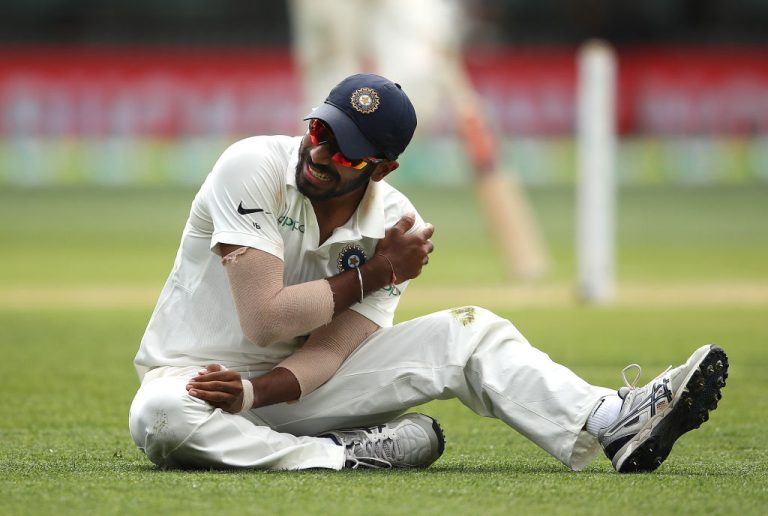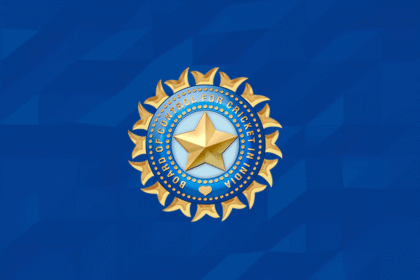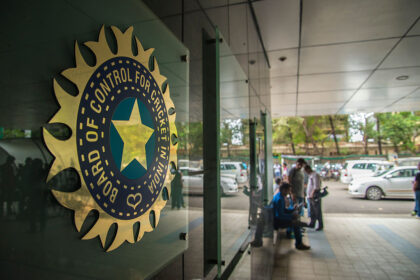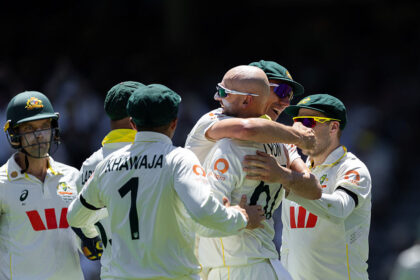The Vicious Injury Cycle Of India’s Fast Bowlers: What’s Causing It And How Can It Be Fixed?
India’s persistent fast-bowling injury crisis is back in focus after a string of setbacks ahead of the Manchester Test against England. Young quicks Akash Deep (groin), Nitish Kumar Reddy (knee ligament), and Arshdeep Singh (cut on bowling hand) were ruled out, compounding a problem that has increasingly derailed India’s pace resources in recent years.
The latest absentees join a growing list of sidelined fast bowlers, including Mayank Yadav and Umran Malik — both of whom have missed substantial game time due to recurring injuries. Mayank, who impressed with raw pace in the IPL, is now recovering from back surgery in New Zealand. Umran, who briefly returned for Kolkata Knight Riders, is still under rehabilitation after a hip injury and dengue.
Injuries to Mohsin Khan and Avesh Khan, both recovering from knee surgeries, have triggered fresh scrutiny of India’s pace management systems. Concerns now extend beyond injury prevention to how workload, preparation, and rehabilitation are structured.
‘Under-bowled generation’
Steffan Jones, a specialist fast bowling coach and former Rajasthan Royals consultant, said India’s current crop of quicks is suffering from inadequate exposure to sustained high-intensity bowling during formative years.
“There’s a generation of bowlers getting injured because they didn’t bowl enough when they were younger,” Jones told IANS. “Workload spikes — such as bowling 10 overs one week and 50 the next — are causing these problems. The body hasn’t adapted gradually.”
He added that bowling in nets lacks the match-day intensity and shouldn’t be counted towards workload totals. “The mismatch between low-volume, high-intensity loads is a key factor. Bowlers are undercooked when asked to deliver in pressure situations.”
Technique, strength and flawed coaching methods
Jones also pointed to biomechanical flaws and strength deficiencies. “Fast bowling is about torque and speed — generated through trunk-pelvis separation — and that isn’t being taught properly. Many coaches coach the way they played, which is outdated.”
On strength, Jones said cricketers are not as physically developed as athletes in sports with similar movement profiles, such as javelin or sprinting. “Cricketers across nations are just not strong enough. That’s a fact.”
Lumbar stress fractures: a recurring theme
Several Indian quicks, including Jasprit Bumrah, Mayank Yadav and Prasidh Krishna, have suffered lumbar stress fractures — often linked to workload surges. John Gloster, Rajasthan Royals’ head physiotherapist and former India physio, said such injuries carry long-term risks.
“Post-fracture, bone mineral density in the injured area remains low for 12–18 months, increasing the chance of recurrence,” Gloster said. “Spikes in load, along with low Vitamin D3 levels, make the bone extremely vulnerable.”
Bumrah vs Mayank: A case study in development
Bumrah, despite early doubts over his unorthodox action, climbed steadily through U-19, domestic, and IPL levels before breaking into the national team — playing over 20 domestic matches before his India debut. In contrast, Mayank featured in only one Ranji Trophy match and limited List A and T20 appearances before being fast-tracked.
While Bumrah has battled injuries — notably back fractures in 2019 and 2023 — his progress has been more consistent. Mayank’s stop-start career, punctuated by side strains, toe issues, and back problems, underscores the challenges facing fast-tracking decisions.
“Mayank doesn’t have any technical flaw that would make him prone to constant injuries,” said Jones. “But I’d question how much bowling he did when younger. Over- or under-bowling at that stage can both be harmful.”
Rehab under scrutiny
The standard rehabilitation protocol begins with injury assessment at the National Cricket Academy’s Centre of Excellence (CoE), followed by a return-to-play process. But sources say the system lacks consistency.
“There’s often no structured plan,” a source familiar with the process said on condition of anonymity. “Players rest for 15 days, then start running and training without proper progression. It’s a disorganised approach.”
Ashish Kaushik, former CoE head physio and now with Lucknow Super Giants, acknowledged the complexity of fast-bowler rehab. “Diagnoses are usually accurate, but the post-diagnosis rehab and return timelines must be precise. That’s where we need to improve.”
He also raised questions about workload monitoring. “Managing gym and on-field workload is just as important as monitoring skills workload. Definitions of workload management need to evolve.”
Fast-tracking pace at a cost
India’s dearth of genuine 150+ kmph bowlers — such as Mayank and Umran — puts added pressure on rare talents, who are often rushed into top-level cricket. Without patient, long-term development plans, injuries become almost inevitable.
“Mayank’s body went into protection mode after repeated breakdowns,” Jones said. “He needs a tailored plan — not added muscle, but a stronger core and specific movement training, including sprinting and jumping.”
The broader concern, experts say, is cultural. A shift in mindset is needed among coaches, support staff, and administrators — one that prioritises long-term sustainability over short-term gains.
A system under strain
As India continues to suffer from recurring fast-bowling breakdowns, questions grow louder: Are players being rushed back? Are rehab protocols being followed correctly? And most crucially, is the system equipped to manage and preserve its rarest pace talents?
Unless those questions are addressed, the cycle of injuries — and setbacks for team strategies — may continue.










